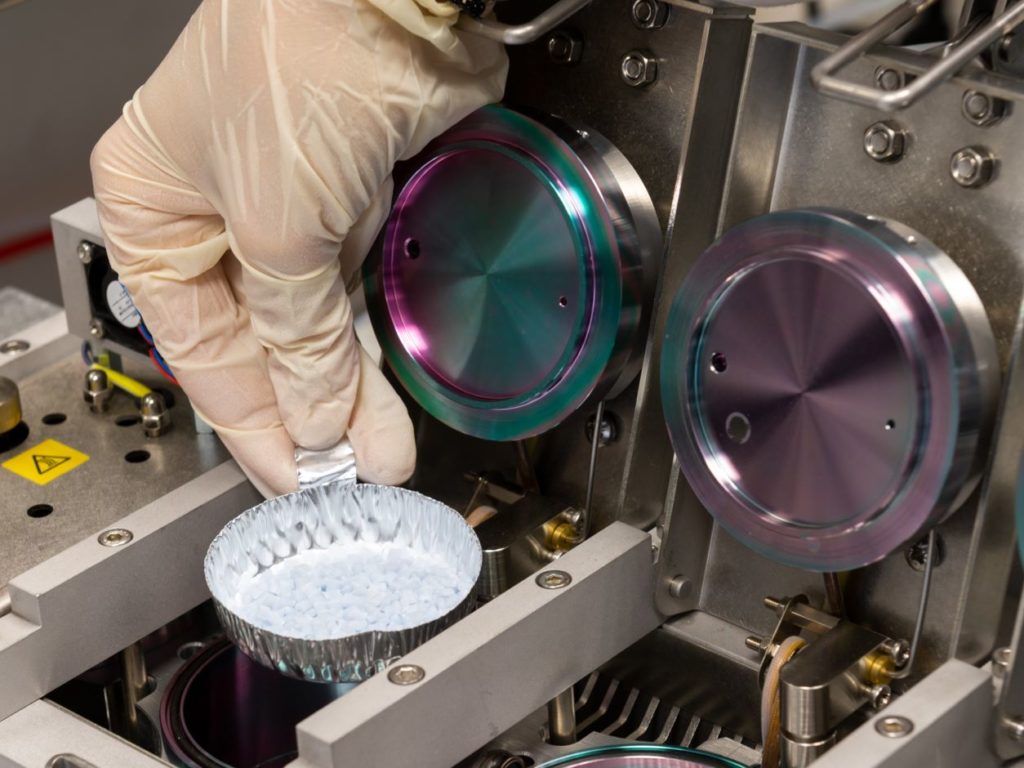Identification and quantification of residual solvents
Residual solvents are those organic chemical compounds that are used or produced during the purification or manufacturing processes of a given product and that are not completely eliminated.
They are compounds that generally must be under strict control, as they can be toxic and their presence could lead to non-compliance with current regulations.
This fact is especially relevant in industries such as the pharmaceutical industry, which uses residual solvents to carry out the synthesis of drugs.
In Infinita Industrial Consulting we offer you the possibility of identifying and quantifying residual solvents with the help of our professionals. Their proven experience and the complete equipment of our laboratory will allow you to detect the presence of these compounds with the highest precision.
Classification of residual solvents
The Committee for Proprietary Medicinal Products of the European Union distinguishes between three types of residual solvents, in particular with regard to their toxicity and their impact on the environment: those to be avoided, those to be limited and those with low toxic potential.
Class 1: Solvents that should be avoided
They are those that are carcinogenic to humans, those that are also suspected of being carcinogenic and those that pose a danger to the environment. Some of them are benzene or carbon tetrachloride.
Class 2: Solvents to be eliminated
In this case we find carcinogenic products that are not genotoxic – that damage DNA – in animals or that may cause other irreversible toxicities. Also included in this class are those products that can produce significant, but reversible, toxicity. Acetonitrile and chloroform, for example, fall into this category.
Class 3: Solvents with low toxic potential
These are those that have a low toxic potential for humans and do not need to be limited due to safety concerns. Their permitted daily exposure rate is 50 milligrams or more. Methanol and toluene, among others, belong to this class.
Gas chromatography for the identification of residual solvents
When it comes to identifying and quantifying industrial solvents, gas chromatography (GC) is one of the most widely used techniques. This separation procedure makes it possible to identify the components of a given product in which volatile compounds are also present.
However, if the compounds cannot be easily converted to the gaseous state, liquid chromatography can be used.
And, beyond its application to detect residual solvents, gas chromatography is very useful in practically any industry, such as the food industry. In this field, it allows quality and safety controls to be carried out or to investigate issues related to properties such as the taste, smell or texture of food.
If you need to identify and quantify industrial solvents, in Infinitia you will find highly qualified technical personnel and an advanced laboratory to carry out an effective and satisfactory detection.

Contact with us
Contact us for more information or, if you prefer, you can use one of our other technical consultancies with complementary services to boost your project.
